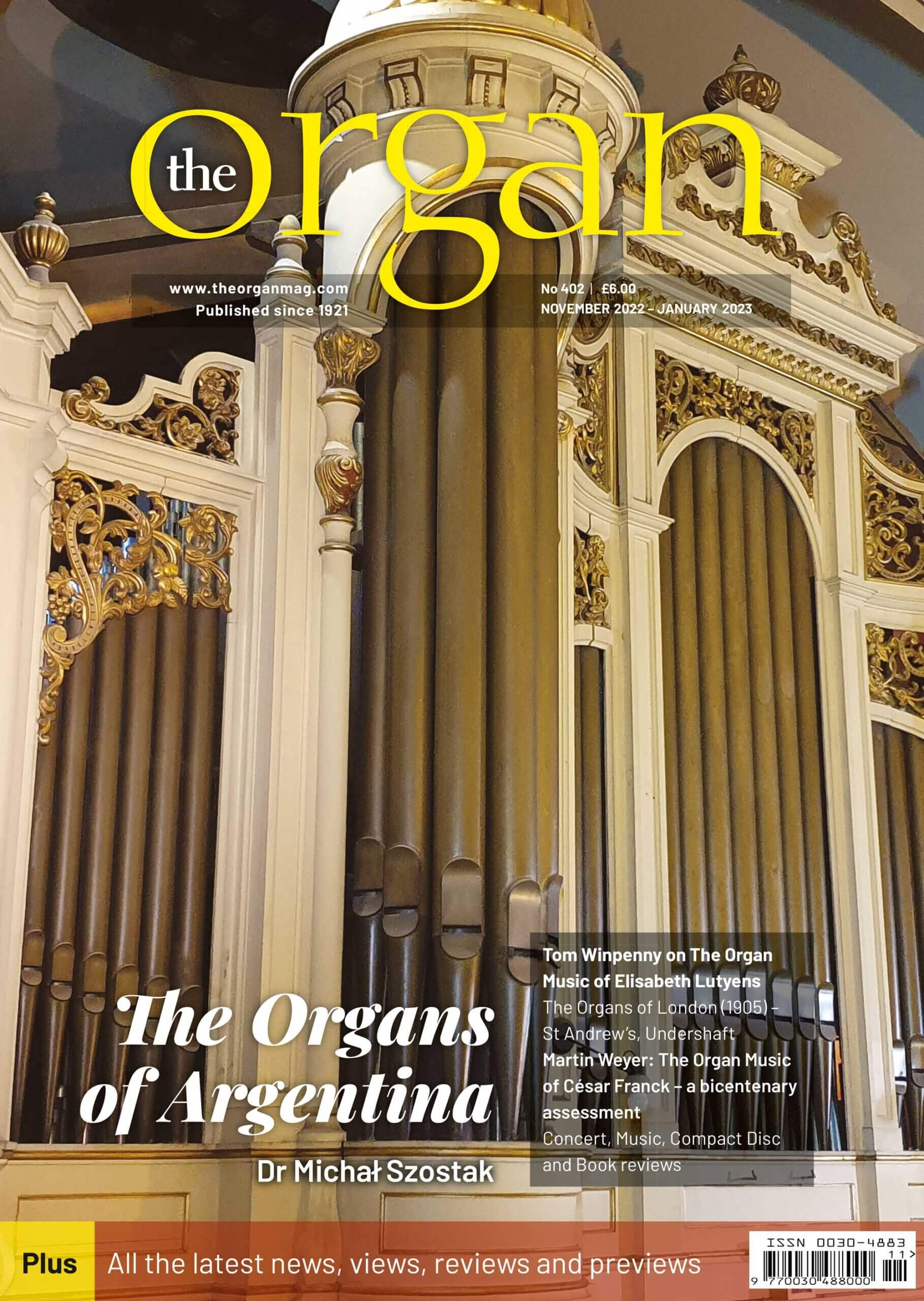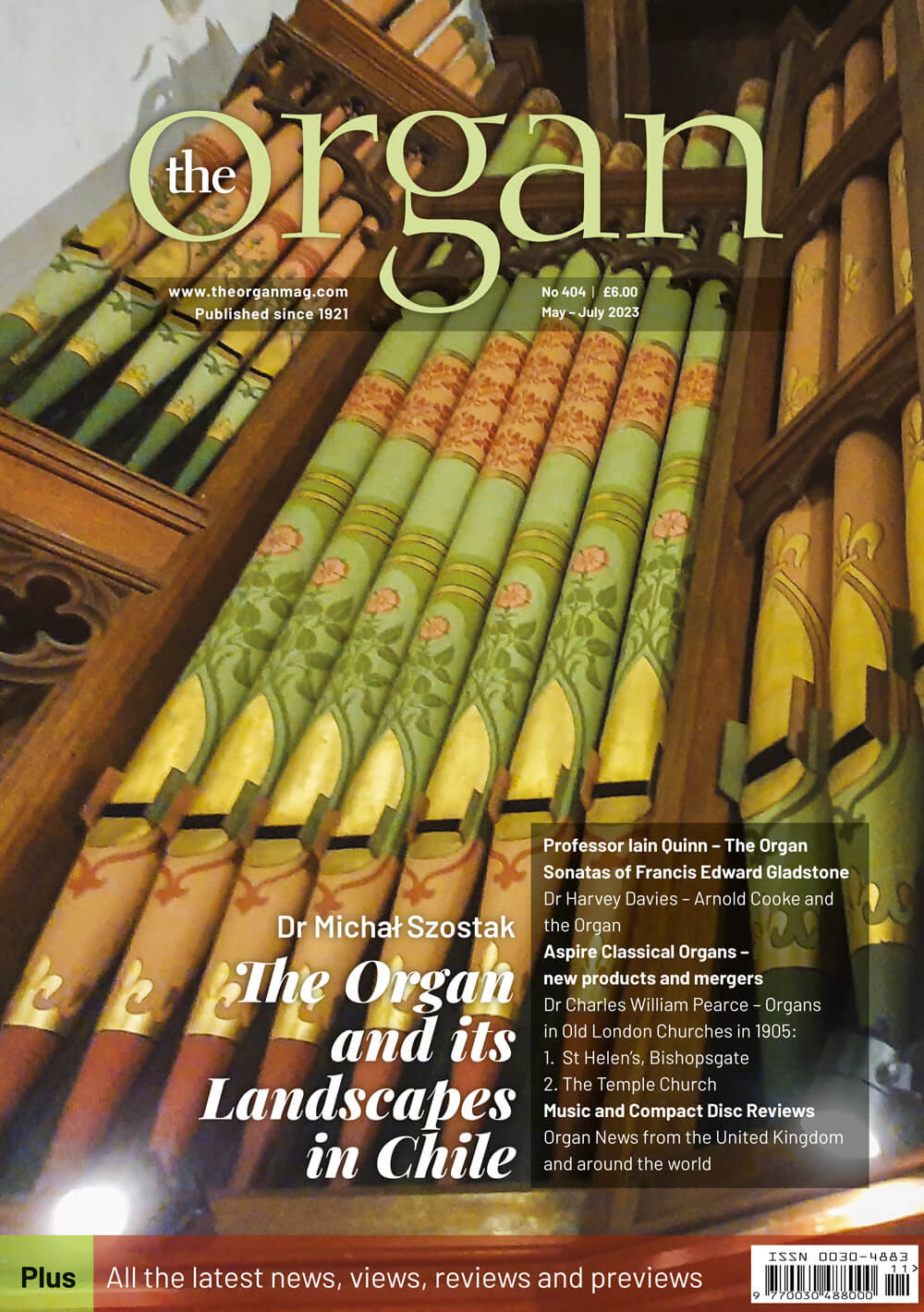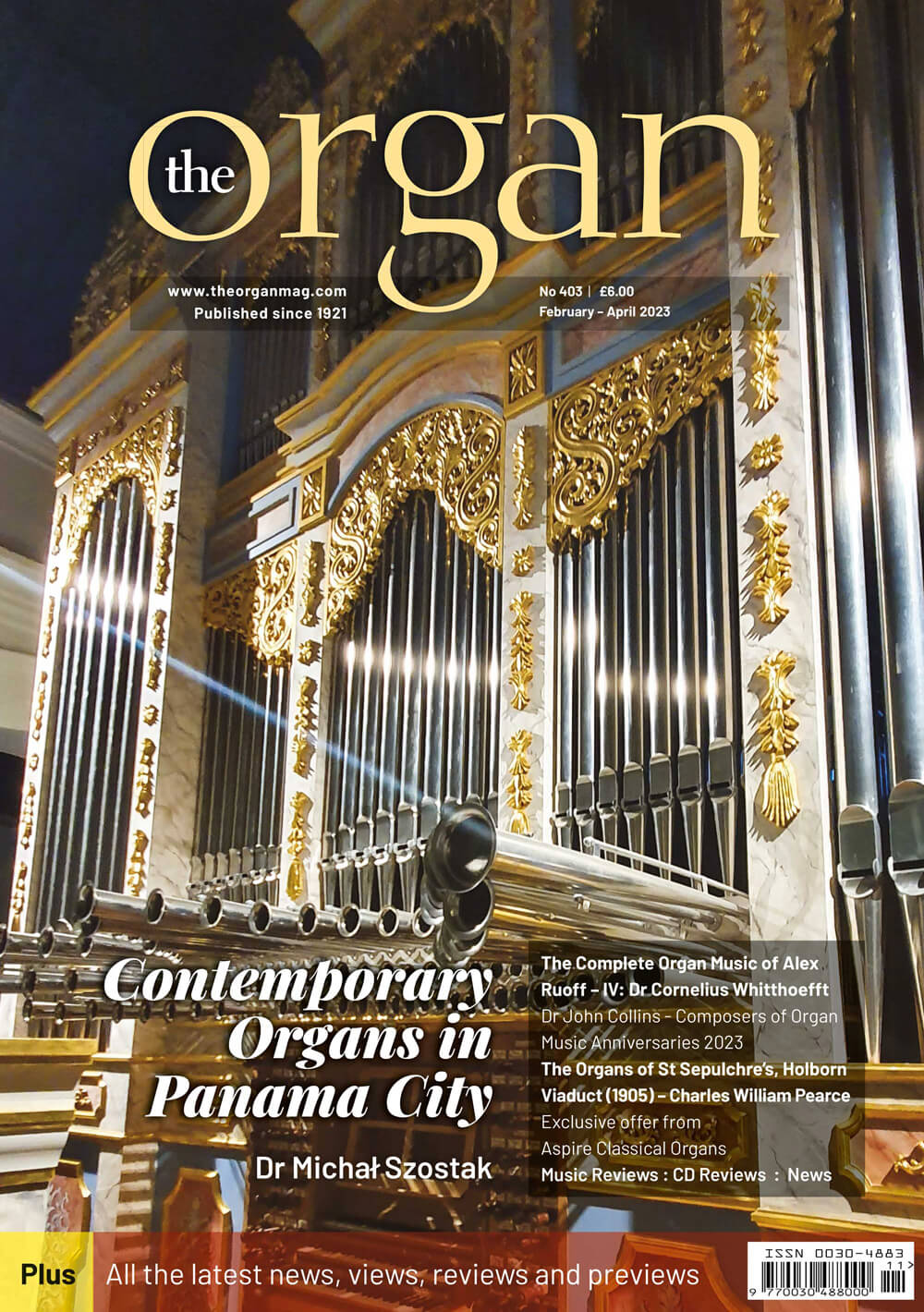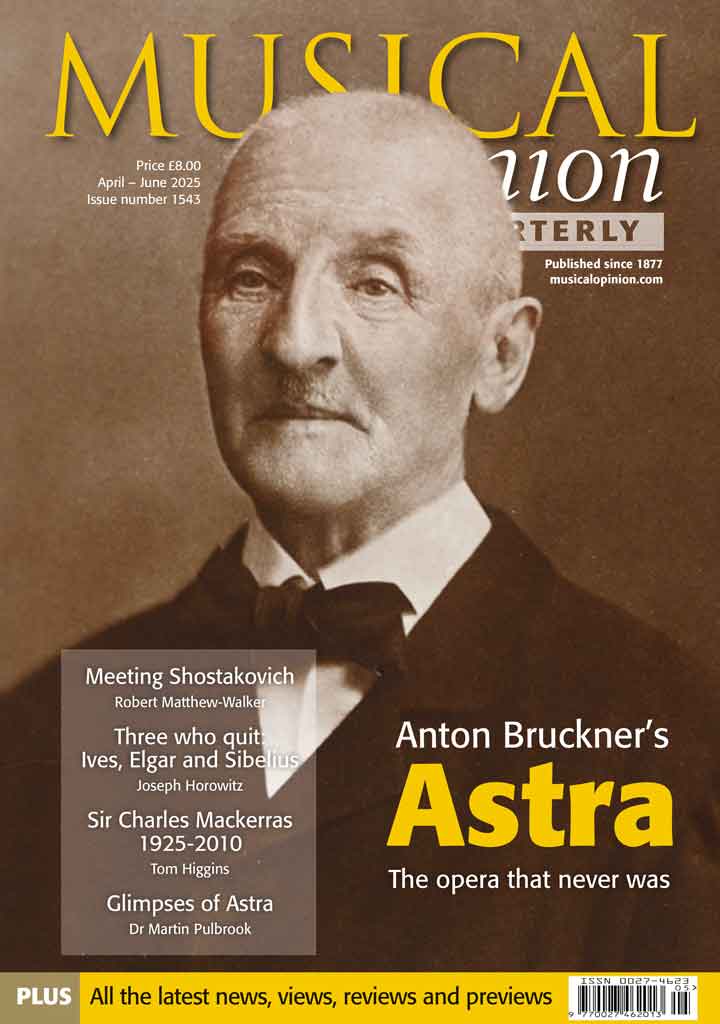

Current Issue
Previous Issues
Spring 2025. Issue 1541
Winter 2024. 1540
Autumn 2024. 1539
Summer 2024. 1539
Spring 2024. 1538
Winter 2023. 1537
Autumn 2023. 1536
Summer 2023. 1535.
Spring 2023. 1534.
Winter 2022. 1533.
Autumn 2022. 1532.
Summer 2022. 531.
Following the dispicable and illegal invasion of Ukraine, the Summer 2022 edition of Musical Opinion carries a large article about Sergei Prokofiev, arguably its most famous composer along with an overview of the Ukrainian classical music scene over the last one...
Spring 2022. 1530.
Winter 2021. 1529.
Summer 2021. 1527.
Spring 2021. 1526.
Winter 2020. 1525.
Autumn 2020. 1524.
Summer 2020. 1523.
Spring 2020. 1522.
Explore By Topic
Autumn 2021. 1528.
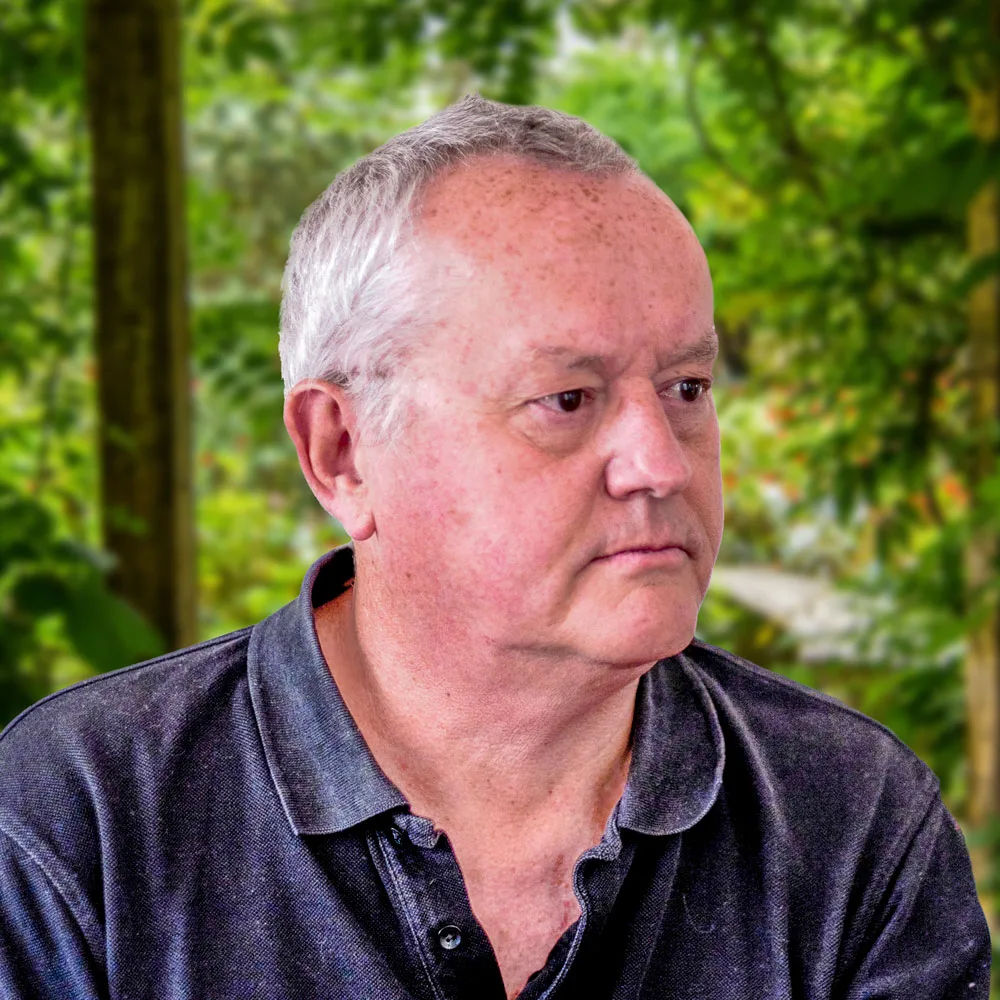
A Symphonic Odyssey
Richard Whitehouse
With the premiere of Steve Elcock’s Eighth Symphony at the Three Choirs Festival in July, Richard Whitehouse surveys the output by a leading symphonist of his generation
The past few years have seen a welcome (and necessary) revival of interest in the symphony on the part of British composers, not least as a result of the 21st Symphony Project currently being undertaken by the English Symphony Orchestra and its music director Kenneth Woods. Given the inevitable postponement brought about by the COVID pandemic, this year sees its fourth instalment, thereby bringing into focus perhaps the most remarkable career-trajectory (though he would likely disavow this description) of any symphonic composer from the UK.
Steve Elcock has, over these past three decades, gradually built up a select catalogue (which runs at present to Op. 37) with eight symphonies at its core. An output diverse in content and consistent in idiom, it has recently drawn plaudits from musicians, listeners and critics alike. The narrative whereby this music came to wider attention, notably through the commitment of Toccata Classics founder Martin Anderson, can be read about elsewhere – but what was it that aroused such enthusiasm for a composer all but resigned to writing for his own pleasure?
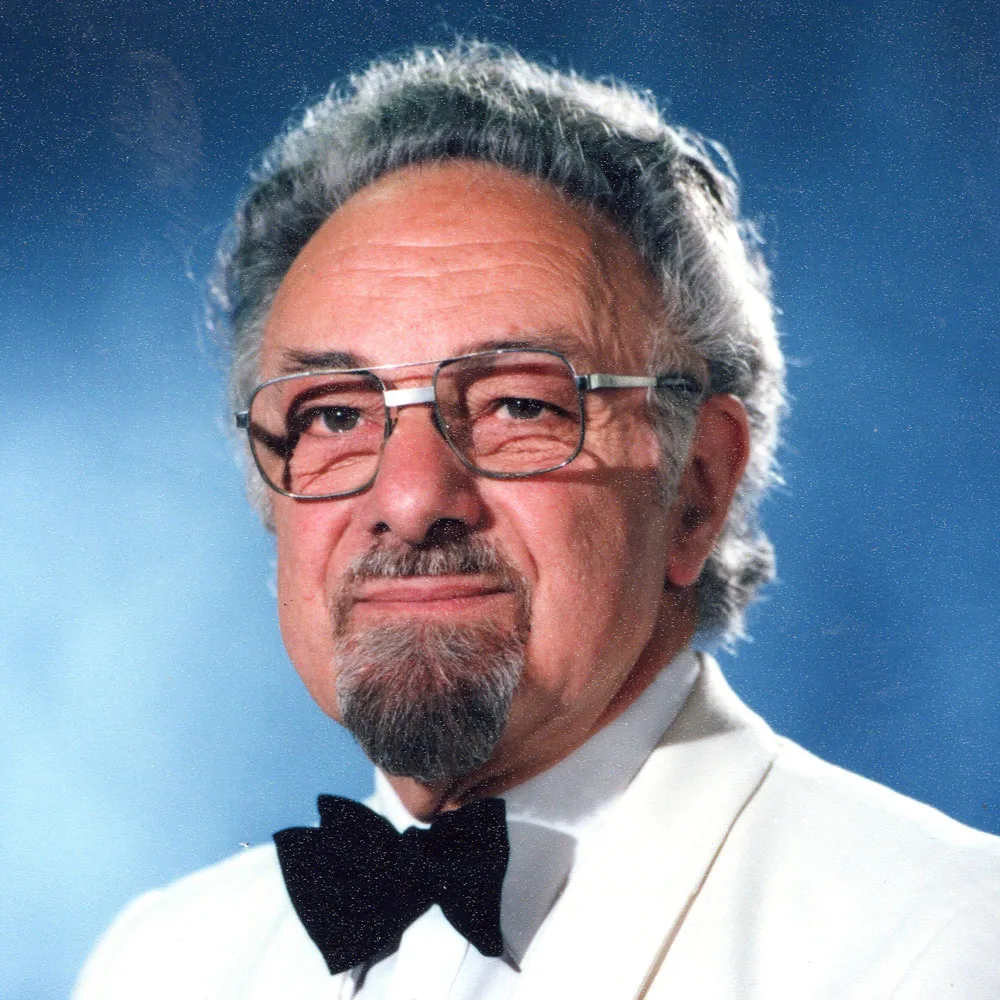
Harry Newstone
Antony Hodgson
Harry Newstone was born in Winnipeg on 21st June 1921 of Russian parents and the family soon moved to London. From early on Newstone had amazing skill in playing the harmonica. At the age of fifteen he used the instrument to win a cinema talent contest and his parents permitted him to tour in a variety show. Newstone soon teamed up with an older musician, the accordionist Alf Vorzanger, who taught him that instrument too; they then took their stage name – the St Louis Boys – from their signature tune, the “St Louis Blues.” Before long, Newstone was known as a harmonica virtuoso. In later years he tended to refer to the dramatic episode of replacing the great harmonica player Tommy Reilly as representing the beginning of his musical career. When many years later he was musical director of the Sacramento Symphony Orchestra, Newstone would often illustrate musical themes on the mouth organ for the benefit of concert audiences.
Harry Newstone studied at London’s Guildhall College of Music with Herbert Howells and for four further years he was at the Accademia di Santa Cecilia in Rome where he studied conducting with Fernando Previtali. He is best remembered for founding the Haydn Orchestra which he launched at the Conway Hall, London on 19thMay 1949. In that same year he also found time to guest conduct with the Nashville Symphony.
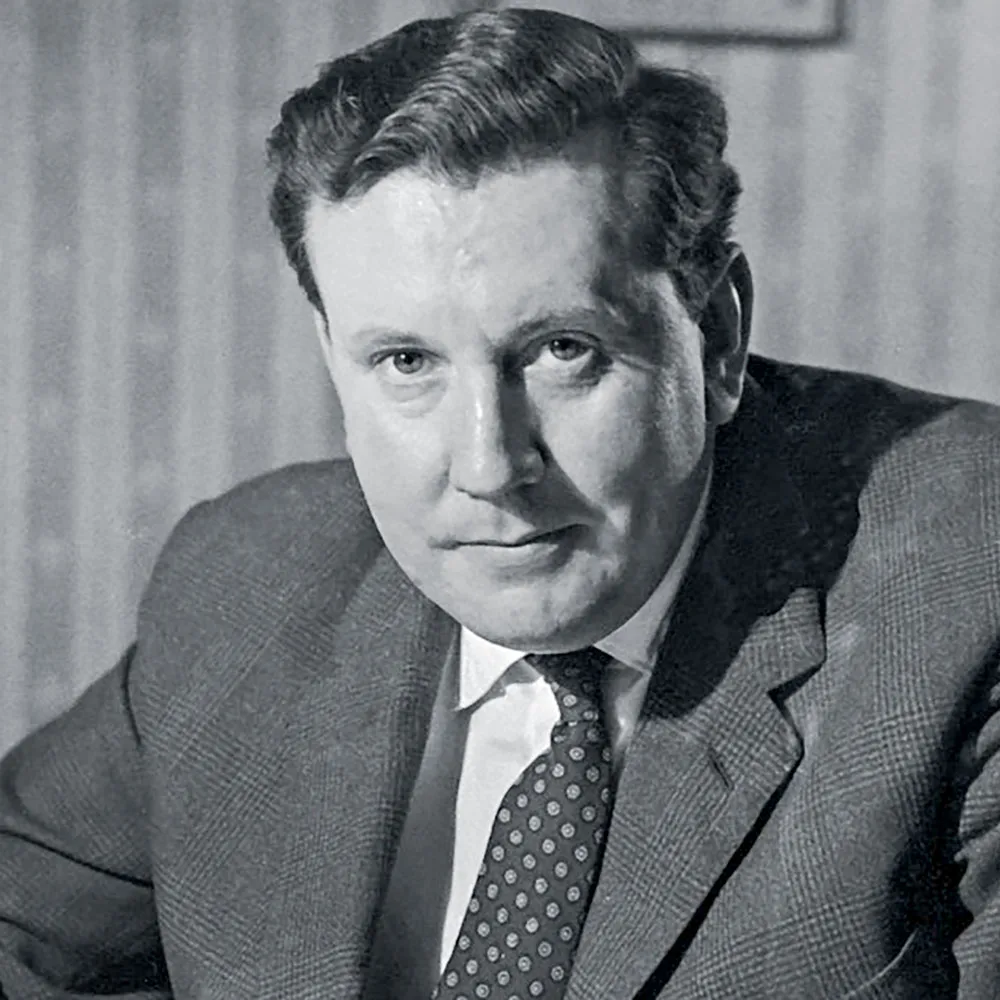
Sir Malcolm Arnold A Centenary appreciation
Robert Matthew-Walker
It is surely true that a composer who evolved a musical style which is theirs and no one else’s confronts us with a born artist. Not for them the received option of slavishly following their teachers’, or their own, favourite composers, yet the work of such a distinctive composer can lead us to false assumptions. In the case of Sir Malcolm Arnold, the centenary of whose birth falls on October 21, it is now clear that much early critical comment on his work was wrongly preconceived. Whilst Arnold is the type of artist who could no more willingly change his compositional style than he could alter the shape of his nose, the danger of equating style with substance is a late 20th-century condition from which he, with other artists who rejected a fashionable self-isolating preciosity, suffered. He wrote music, it takes its chance in the artistic milieu, and the devil take the hindmost. But, like all composers, his music needs performers, and no-one likes to be told that they have wasted their time in playing works with which the critic is uncongenial.
If such adverse criticism had been taken at face value, Arnold’s music should have disappeared from the face of the earth some decades ago. But it remains resolutely popular: people like to hear it, musicians like playing it, and it is often recorded and broadcast. Popularity, by itself, is no guarantee of worth, but it indicates the communicative qualities of the work, and music that resolutely refuses to die must have lasting features which – preconceptions now working in the composer’s favour – lie beneath the surface.
And here, surely, is the paradox of Arnold’s music: it is never quite what it seems at first – or fifth – hearing.
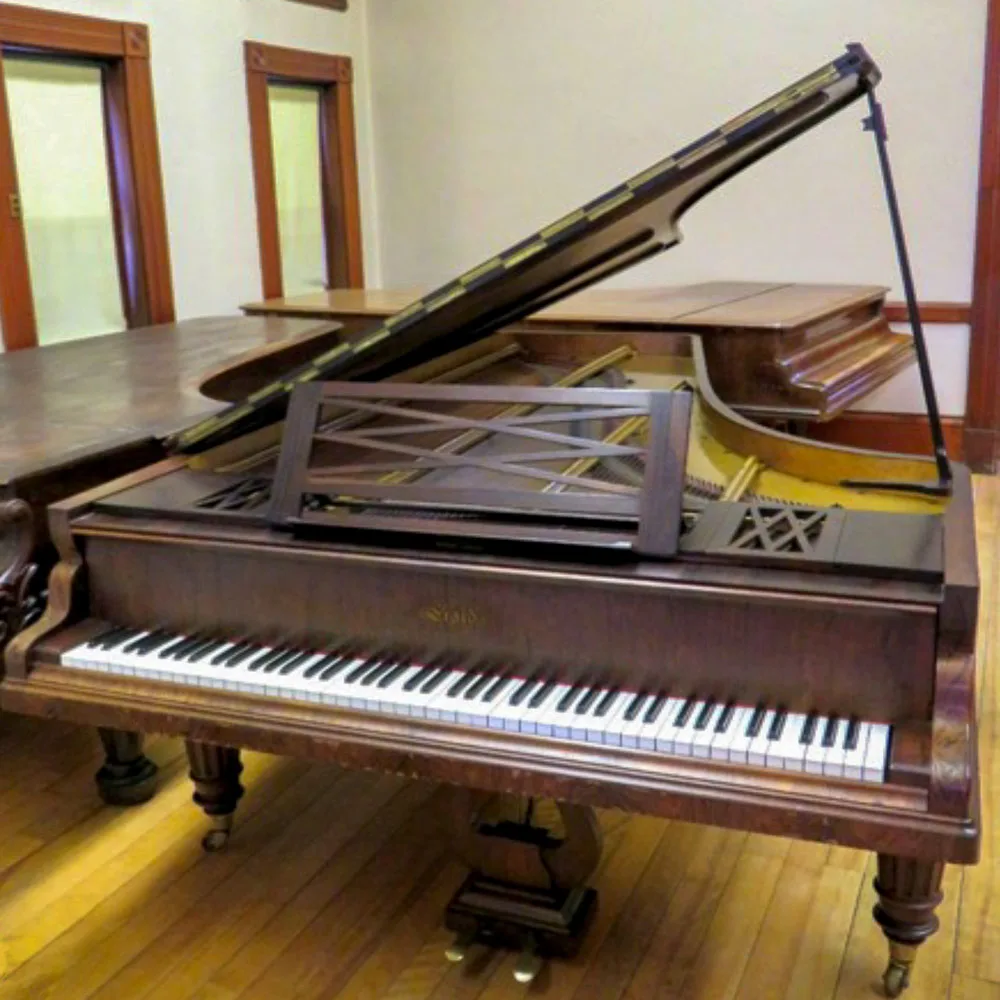
Living Pianos of Ashburnham: The Frederick Collection
Ömer Eğecioğlu
Antique pianos are usually to look at and dream about the old days. Not so with the collection of historic grand pianos in the Frederick collection. These are living, functioning pianos from the 18th and the 19th centuries.
Starting with a grand piano shipped 45 years ago from England to the Fredericks’ first house in the middle of corn fields in Ohio, the collection grew to almost thirty pianos, renovated, brought to life and preserved lovingly by Patricia and Edmund Michael Frederick. The Fredericks and their collection now reside in the town of Ashburnham, Massachusetts.
Blessed with many lakes and wetlands, source of a number of rivers flowing in many directions, the small town of Ashburnham is nestled in an area of hardwood forests, large open spaces, and an impressive landscape. A few mountains and isolated hills called monadnocks add to the rugged outline a of the place. Only 60 miles north west of Boston, near the New Hampshire border, it is a small town with a population of about 7,000.

Scanderbeg in Music
Dr Eno Koço
The History of the Life and Deeds of Scanderbeg, Prince of the Epirotes (Historia De Vita Et Gestis Scanderbegi Epirotarvm Principis) by Marin Barleti (Marinus Barletius Scodrensis), was published in Rome in 1508. This basic work was translated from Latin into a number of European languages. Barleti’s work inspired many other authors, some of whom produced other remarkable creations, including musical ones.
For any literary work of that time (poem, drama, tragedy and opera), the role of the hero modelled after Scanderbeg—featuring strong moral principles, bravery and audacity— acquired a particular significance not because of Europe’s sensitivity to the Ottomans’ potential westward expansion, but because the power of communicating the drama especially through music was a formidable form of expression. And Scanderbeg was represented in most diverse ways, with his strength and flair, great courage and dilemmas, often styled after heroes of classical antiquity
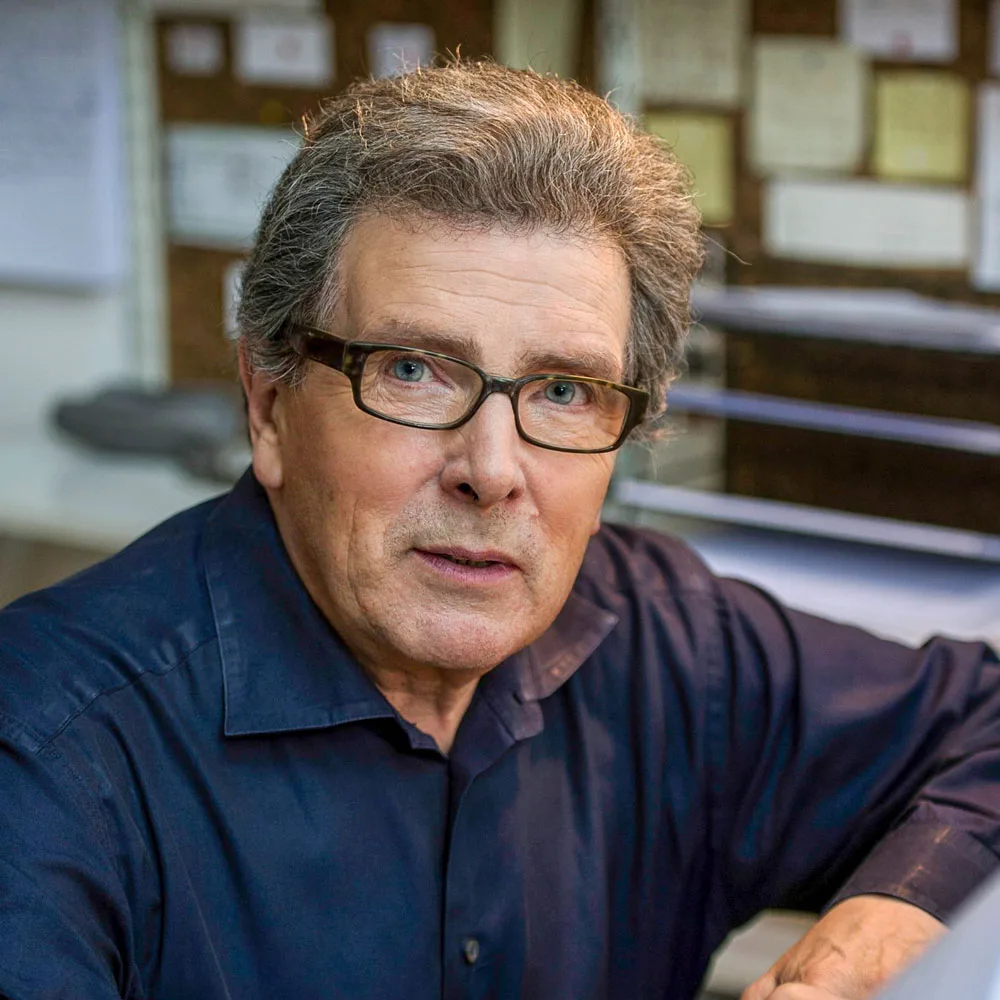
The World Premiere of 'Benedictus'
Part II of Howard Blake’s ‘Moving from London’
Having satisfactorily completed the film score of S.O.S.Titanic in Hollywood, I returned to England and my idyllic life at the mill in Cuckfirled, mid-Sussex to fulfil one or two quite modest commissions: a BBC Play of the month, ‘Gentlefolk’ for director Rodney Bennett – for whom I wrote a chamber music score for the Gabrieli string quartet, with Thea King as the marvellous clarinet player – and a children’s series for BBC called ‘Our John Willie’ with virtually no budget, which I parsimoniously scored for the slender resources of bassoon and harpsichord. I had well and truly left Hollywood.
After the hurly-burly Hollywood trip I gradually settled down to orchestrate my beloved ‘Benedictus’, as I named it, and I prepared for the first performance on May 10 1980 at Worth Abbey.
I still hadn’t decided on a plan for the overture but I spoke one day to Ken Essex who was the one member of my piano quartet for whom I had not written a solo piece, although he’d repeatedly asked me.
‘What do you think about an overture for solo viola?’
‘Just for solo viola would be fine Howard.’
I wrote ‘Prelude for solo viola.’ and sent it to him.
Curiously although he studied it and learnt to play it wonderfully, he was too nervous to play it in public and the soloist at the first performance was the great Frederick Riddle (Beecham’s violist) who didn’t bat an eyelid.

